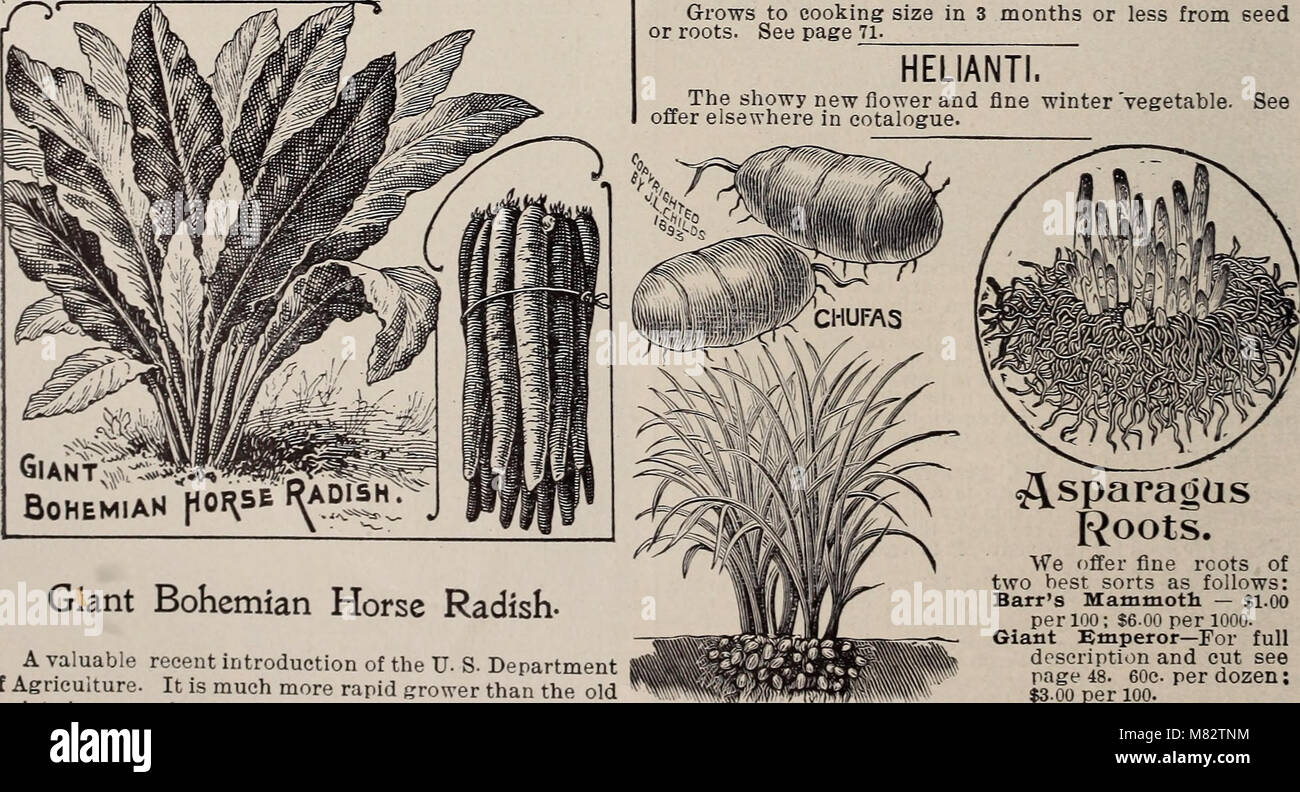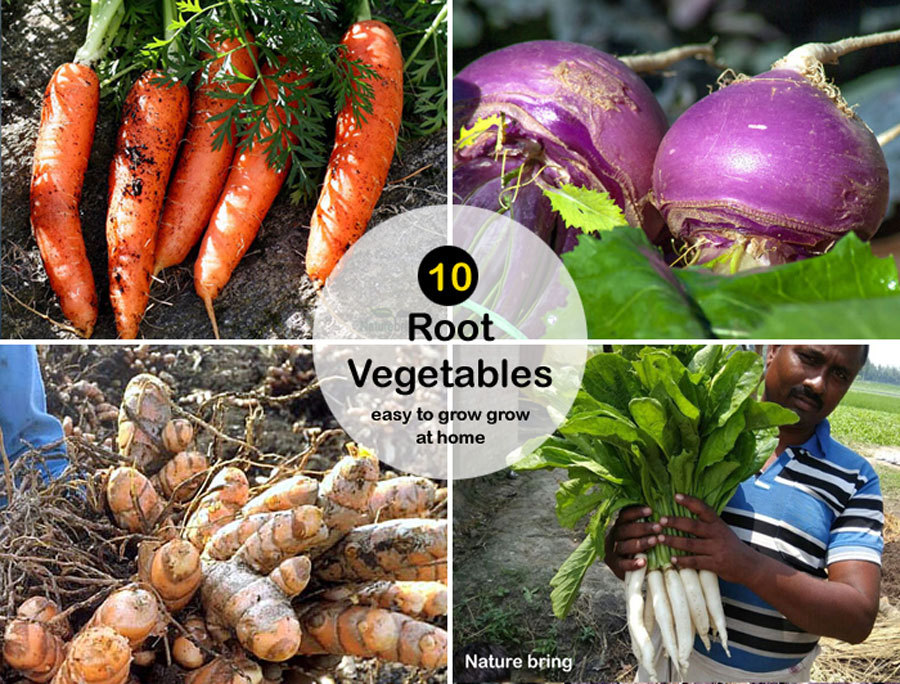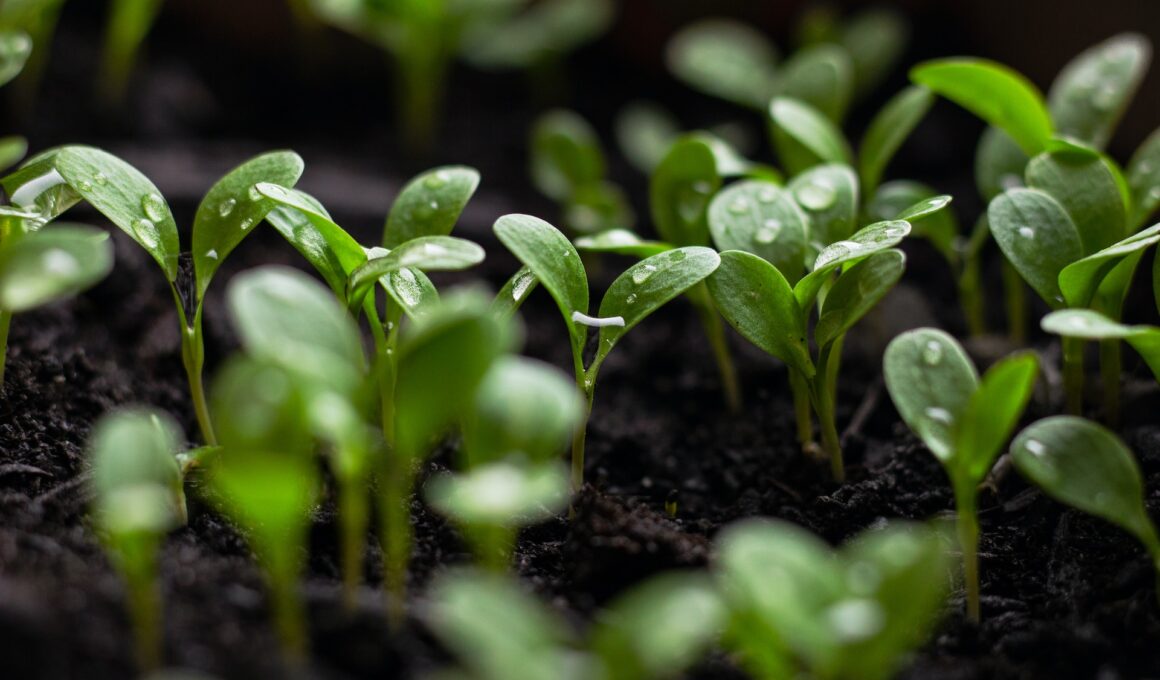
Embracing the Essence of Sustainable Gardening
The world is changing, and with it, our awareness of the environment. We’re all more conscious of the impact our actions have on the planet, and this extends to our homes and gardens. Sustainable garden planning and design isn’t just a trend; it’s a crucial step towards a healthier planet and a more fulfilling lifestyle. It’s about creating a beautiful, functional outdoor space that works in harmony with nature, minimizing waste, and maximizing resources. Think of it as building a thriving ecosystem right outside your door.
This isn’t about sacrificing aesthetics for the sake of environmentalism. In fact, sustainable gardens are often more vibrant, diverse, and resilient than their conventional counterparts. They’re designed to support local wildlife, conserve water, and reduce the need for harmful chemicals. This comprehensive guide will walk you through every step of the process, from initial planning to ongoing maintenance, so you can create your own sustainable garden oasis.
Laying the Foundation: Planning Your Sustainable Garden
Before you even think about planting a single seed, careful planning is essential. This phase sets the stage for the long-term success of your garden. Take your time, do your research, and consider these key elements:
1. Assessing Your Site
Understanding your existing environment is the first step. What’s the sunlight like? How many hours of direct sunlight does your garden receive each day? This is critical for plant selection. Observe the wind patterns; are there areas that are particularly exposed or sheltered? Note the soil type – is it sandy, clay-rich, or something in between? Conducting a soil test can provide valuable insights into its composition, pH level, and nutrient content. Also, consider the existing drainage; does water pool after rainfall, or does it drain effectively? Finally, evaluate the existing structures and features, such as fences, walls, or trees, as they can influence your design.
2. Defining Your Goals
What do you envision for your garden? Do you dream of a flourishing vegetable patch, a tranquil space for relaxation, a vibrant haven for pollinators, or a combination of all three? Your goals will shape your design choices. Consider how you plan to use the space and what benefits you want to derive from it. Do you want to grow your own food, attract birds and butterflies, or create a low-maintenance landscape? Writing down your goals will help you stay focused and make informed decisions throughout the planning process.
3. Choosing the Right Plants
This is where the fun begins! Selecting plants that are well-suited to your climate, soil, and sunlight conditions is paramount for sustainability. Prioritize native plants, as they are naturally adapted to your local environment and require less water, fertilizer, and pesticides. Research plants that thrive in your region and that meet your aesthetic and functional goals. Consider factors like mature size, water requirements, and whether they attract beneficial insects or pollinators. Diversify your planting scheme to create a resilient ecosystem that can withstand pests and diseases.
4. Designing Your Layout
Once you have a good understanding of your site, goals, and plant preferences, it’s time to design the layout. Sketch out your garden, considering the placement of plants, pathways, and other features. Think about how you want the space to flow and how you will move through it. Group plants with similar needs together to simplify watering and maintenance. Incorporate hardscaping elements, such as patios, walkways, and seating areas, using sustainable materials like reclaimed wood, recycled concrete, or natural stone. Plan for efficient use of space, considering vertical gardening or raised beds if space is limited.
Sustainable Design Principles in Action
Now that we’ve covered the foundational planning steps, let’s delve into the core principles that define sustainable garden design.
1. Water Conservation
Water is a precious resource, and conserving it is a cornerstone of sustainable gardening. Implement these strategies:
- Choose drought-tolerant plants: Select plants that are adapted to your climate and require less water.
- Group plants with similar water needs: This simplifies watering and ensures that plants receive the appropriate amount of moisture.
- Use efficient irrigation systems: Install drip irrigation or soaker hoses to deliver water directly to the roots, minimizing water waste through evaporation.
- Collect rainwater: Install rain barrels or cisterns to capture rainwater for irrigation.
- Mulch generously: Apply a thick layer of organic mulch, such as wood chips or shredded bark, to retain moisture in the soil, suppress weeds, and regulate soil temperature.
2. Soil Health and Fertility
Healthy soil is the foundation of a thriving garden. Focus on these practices to improve soil health:
- Amend your soil with organic matter: Add compost, well-rotted manure, or other organic materials to improve soil structure, drainage, and fertility.
- Compost your kitchen and yard waste: Composting reduces waste and provides a nutrient-rich soil amendment.
- Practice crop rotation: Rotate your crops each season to prevent soil depletion and reduce the risk of pests and diseases.
- Avoid synthetic fertilizers: Opt for organic fertilizers, such as compost tea or fish emulsion, to nourish your plants without harming the environment.
- Consider cover cropping: Plant cover crops, such as clover or rye, to improve soil health and prevent erosion during fallow periods.
3. Pest and Disease Management
Conventional pest control methods often rely on harsh chemicals that can harm beneficial insects, wildlife, and the environment. Embrace these sustainable pest management practices:
- Choose pest-resistant plants: Select plant varieties that are naturally resistant to common pests and diseases.
- Encourage beneficial insects: Attract beneficial insects, such as ladybugs and lacewings, by planting flowers that provide them with food and shelter.
- Use organic pest control methods: Employ organic pesticides, such as insecticidal soap or neem oil, as a last resort.
- Practice companion planting: Plant certain plants together to deter pests or improve growth.
- Monitor your plants regularly: Inspect your plants frequently for signs of pests or diseases, and take action promptly if you spot any problems.
4. Waste Reduction and Recycling
Minimize waste and embrace recycling in your garden:
- Compost yard waste: Compost leaves, grass clippings, and other yard waste to create nutrient-rich compost.
- Recycle garden materials: Reuse pots, containers, and other garden materials whenever possible.
- Reduce plastic use: Opt for biodegradable pots and plant labels made from sustainable materials.
- Choose eco-friendly tools and supplies: Select tools and supplies made from recycled materials or sustainable sources.
5. Wildlife Habitat
Create a welcoming environment for wildlife in your garden:
- Plant native plants: Native plants provide food and shelter for local wildlife.
- Provide water sources: Install a bird bath, pond, or other water source to attract birds and other animals.
- Create shelter: Build a brush pile or install a birdhouse to provide shelter for wildlife.
- Avoid using pesticides: Pesticides can harm beneficial insects and wildlife.
- Leave some areas of your garden wild: Allow some areas of your garden to grow naturally to provide habitat for wildlife.
Designing Your Sustainable Garden: A Step-by-Step Guide
Let’s put these principles into practice. Here’s a step-by-step guide to help you design your own sustainable garden:
Step 1: Assess Your Site
As mentioned earlier, this is the foundation. Observe sunlight, wind, soil type, and drainage. Take notes and photos to document the conditions.
Step 2: Define Your Goals
What do you want to achieve? Food production, relaxation, wildlife habitat, or all of the above? Write down your specific goals.
Step 3: Choose Your Plants
Research plants that thrive in your climate and meet your goals. Prioritize native species. Consider mature size, water needs, and attractiveness to pollinators.
Step 4: Create a Design Plan
Sketch a layout, considering plant placement, pathways, and hardscaping. Group plants with similar needs. Incorporate sustainable materials.
Step 5: Prepare Your Soil
Amend your soil with organic matter to improve structure and fertility. Test your soil and adjust pH as needed.
Step 6: Install Irrigation
Install drip irrigation or soaker hoses to conserve water and target watering.
Step 7: Plant and Mulch
Plant your chosen plants according to your design. Apply a thick layer of organic mulch to retain moisture and suppress weeds.
Step 8: Maintain Your Garden
Water efficiently, weed regularly, and monitor for pests and diseases. Compost and fertilize as needed. Enjoy the fruits of your labor!
Sustainable Material Choices for Your Garden
The materials you choose can significantly impact the sustainability of your garden. Here are some eco-friendly options:
- Reclaimed Wood: Perfect for raised beds, fences, and seating areas.
- Recycled Concrete: Can be used for pavers, pathways, and retaining walls.
- Natural Stone: A beautiful and durable option for patios, walkways, and decorative elements.
- Recycled Plastic Lumber: An excellent alternative to wood for decks, fences, and other outdoor structures.
- Bamboo: A fast-growing and renewable resource for fencing, trellises, and other garden structures.
- Compostable Pots: Choose pots made from biodegradable materials like coir or rice hulls.
Integrating Permaculture Principles
Permaculture is a design system that aims to create sustainable human settlements and agricultural systems by mimicking the patterns and relationships found in nature. Integrating permaculture principles into your garden design can enhance its sustainability. Here are a few key permaculture concepts to consider:
- Observe and Interact: Spend time observing your site and the natural processes at work. Understand your microclimates, soil types, and water flow. Interact with your garden by working in it regularly and noticing its needs.
- Catch and Store Energy: Capture resources like sunlight and rainwater. Use passive solar design to heat your greenhouse or home. Collect rainwater in barrels or cisterns.
- Obtain a Yield: Ensure your garden produces something useful – food, beauty, shelter for wildlife, or a combination of these. Design your garden to provide a sustainable yield over the long term.
- Apply Self-Regulation and Accept Feedback: Design your garden to be self-regulating, minimizing the need for external inputs. Observe the garden’s response to your actions and make adjustments as needed.
- Use and Value Renewable Resources and Services: Rely on renewable resources like sunlight, rainwater, and compost. Value the services provided by your plants and animals, such as pollination and pest control.
- Produce No Waste: Design your garden to minimize waste. Compost your organic waste, reuse materials, and reduce your reliance on single-use plastics.
- Design from Patterns to Details: Observe patterns in nature and use them to inform your design. Start with the big picture and then refine the details.
- Integrate Rather Than Segregate: Create relationships between different elements in your garden. Plant companion plants together to deter pests or improve growth.
- Use Small and Slow Solutions: Start small and build gradually. Use simple, low-tech solutions that are easy to implement and maintain.
- Use and Value Diversity: Create a diverse ecosystem in your garden. Plant a variety of plants to attract pollinators, beneficial insects, and wildlife.
Tips for Success: Maintaining Your Sustainable Garden
Creating a sustainable garden is a journey, not a destination. Ongoing maintenance is key to its long-term success. Here are some tips:
- Water Wisely: Water deeply but infrequently, allowing the soil to dry out slightly between waterings. Water in the morning to minimize evaporation.
- Weed Regularly: Pull weeds by hand or use a hoe to prevent them from competing with your plants for resources.
- Mulch Annually: Replenish your mulch layer each year to retain moisture, suppress weeds, and improve soil health.
- Fertilize Organically: Feed your plants with organic fertilizers as needed, following the instructions on the label.
- Monitor for Pests and Diseases: Inspect your plants regularly for signs of pests or diseases. Take action promptly if you spot any problems.
- Prune and Deadhead: Prune your plants to promote healthy growth and remove dead or diseased branches. Deadhead spent flowers to encourage more blooms.
- Observe and Adapt: Pay attention to your garden’s needs and adjust your practices as needed. Learn from your successes and failures.
- Enjoy the Process: Gardening should be a pleasurable experience. Take time to relax and enjoy the beauty of your sustainable garden.
The Benefits of Sustainable Gardening: Beyond the Beauty
Sustainable gardening offers a multitude of benefits, far beyond the aesthetic appeal of a beautiful garden. Here are some of the key advantages:
- Environmental Benefits:
- Conserves Water: Sustainable practices like choosing drought-tolerant plants and using efficient irrigation systems minimize water usage.
- Reduces Waste: Composting, recycling, and reusing materials reduce landfill waste.
- Protects Wildlife: Native plants and the avoidance of pesticides provide habitat and food for local wildlife.
- Improves Air Quality: Plants absorb carbon dioxide and release oxygen, improving air quality.
- Reduces Pollution: Avoiding synthetic fertilizers and pesticides reduces chemical runoff and pollution.
- Personal Benefits:
- Provides Fresh, Healthy Food: Growing your own food ensures access to fresh, organic produce.
- Reduces Reliance on Grocery Stores: Growing your own food can save you money on groceries.
- Promotes Physical Activity: Gardening is a great form of exercise.
- Reduces Stress: Spending time in nature can be a relaxing and therapeutic experience.
- Connects You with Nature: Gardening allows you to connect with nature and appreciate the beauty of the natural world.
- Community Benefits:
- Inspires Others: Your sustainable garden can inspire others to adopt sustainable practices.
- Supports Local Ecosystems: Sustainable gardens support local ecosystems and biodiversity.
- Creates a Sense of Community: Gardening can be a social activity, bringing people together.
Getting Started: Your Sustainable Gardening Journey Begins Now
Embarking on a sustainable gardening journey is a rewarding experience. It’s a process of learning, experimenting, and adapting. Don’t be afraid to start small and gradually expand your garden as you gain experience. Remember, every step you take towards sustainability makes a difference. By embracing sustainable garden planning and design, you can create a beautiful, thriving outdoor space that benefits both you and the planet.
Start by assessing your site, setting your goals, and choosing plants that are well-suited to your environment. Then, incorporate sustainable design principles, such as water conservation, soil health, and pest management. Choose eco-friendly materials and embrace permaculture principles to create a resilient and self-sustaining ecosystem. Finally, maintain your garden with care, and enjoy the many benefits of sustainable gardening. Your green oasis awaits!


